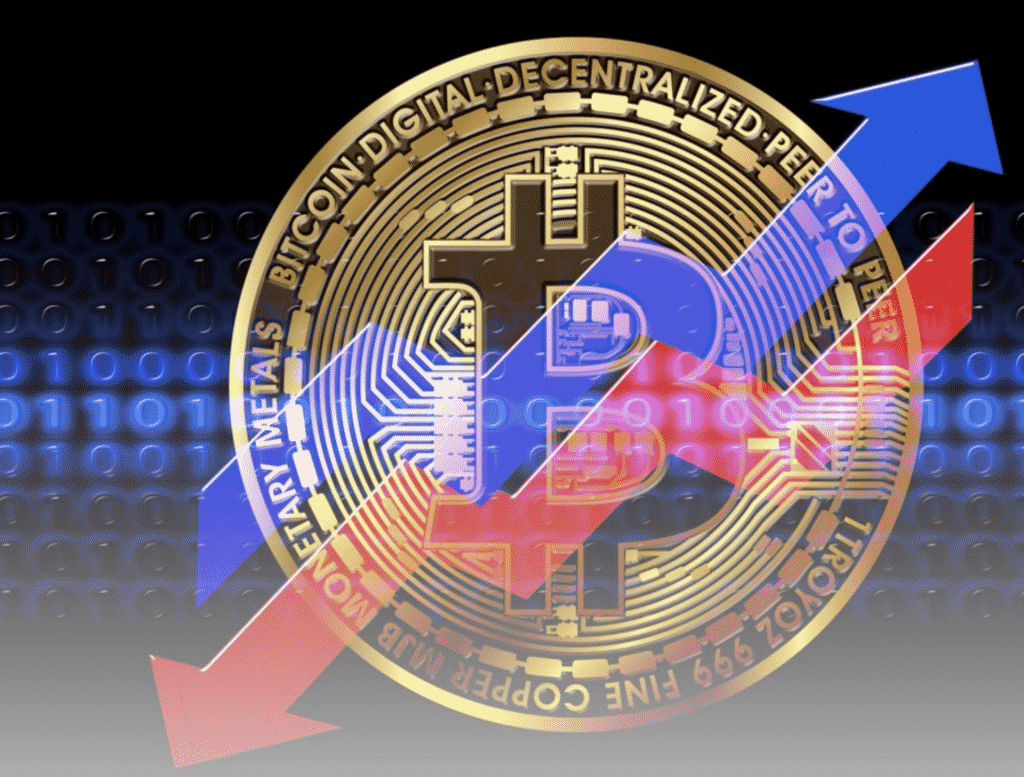The centralized economy has clear mechanisms by which the rate of fiat currencies is formed, and in the case of a decentralized economy with cryptocurrencies, everything is completely different. There are no transparent and understandable algorithms here, but there are factors influencing the price of digital coins.
Market behavior is monitored by speculators, holders, investors and other users. They all have one goal: to multiply their financial assets with the help of cryptocurrencies. We will now help you figure out how to make money on the difference in rates by talking about the main factors affecting the prices of digital coins.
The relationship between the rate of cryptocurrencies and fiat
The main difference between the price of cryptocurrencies and fiat currencies is that real money is backed by central governments and is a legal and accepted means of payment. In fact, their value is based on government claims that they have a certain value, and the two parties to the transactions are taking the current rate.
All countries work with a fiat currency system. Central banks, money reserves and financial mechanisms are used to control the supply of money. Accordingly, government bodies take inflation under control. Digital coins, in turn, are outside the control of the government and authorities, and in many regions they are not legal tender. In most cases, the supply of cryptocurrencies is fixed, so devaluation is excluded.
In other respects, the value of digital coins and fiat money is supported by similar characteristics. Both types of assets are used as a means of exchange or payment for services and goods.
What factors influence the price of Bitcoin and altcoins?
Different tokens in the cryptocurrency world are affected by different tokens. It is known that fundamental factors are almost irrelevant, but this is not entirely true. They have an indirect impact on pricing.
Consumer price indices, GDP, statements by heads of national banks do not affect the prices of coins in the cryptocurrency market in any way, but they do affect investors and traders who make decisions about buying or selling coins (nav to btc converter). All factors affecting cryptocurrency rates can be divided into three broad categories: economic, technical, and those related to the demand for the coin.
Economic forces
The price of Bitcoin and altcoins is constantly changing. The economic factors that affect it include:
- the use of digital assets in real financial transactions;
- volumes of coins issued;
- average transaction rate.
Analysts are constantly analyzing the indicators of the ratio of the volume of BTC used to pay for goods and services in real transactions, and trading on the exchange without a real supply of coins. It turns out that the higher the volumes on the exchange, the more often the currency is used for financial transactions in the real world.
Technical factors
The emergence of new platforms, increased investor interest and the creation of innovative technologies have a beneficial effect on the price of digital coins in the long term.
The creators of cryptocurrency platforms strive to achieve privacy, decentralization, cheapness and speed of transactions. The more perfect a digital asset is, the more chances it has for confident growth in the market. Other technical factors include:
- attempts by regulators to find tools to take control of the cryptocurrency market, and in some countries they are trying to ban cryptocurrency;
- conducting forks and other technologically important events causing the rise and fall of bitcoin and other coins;
- security and regulatory issues on exchanges.
Читаемость 9.3 балла
